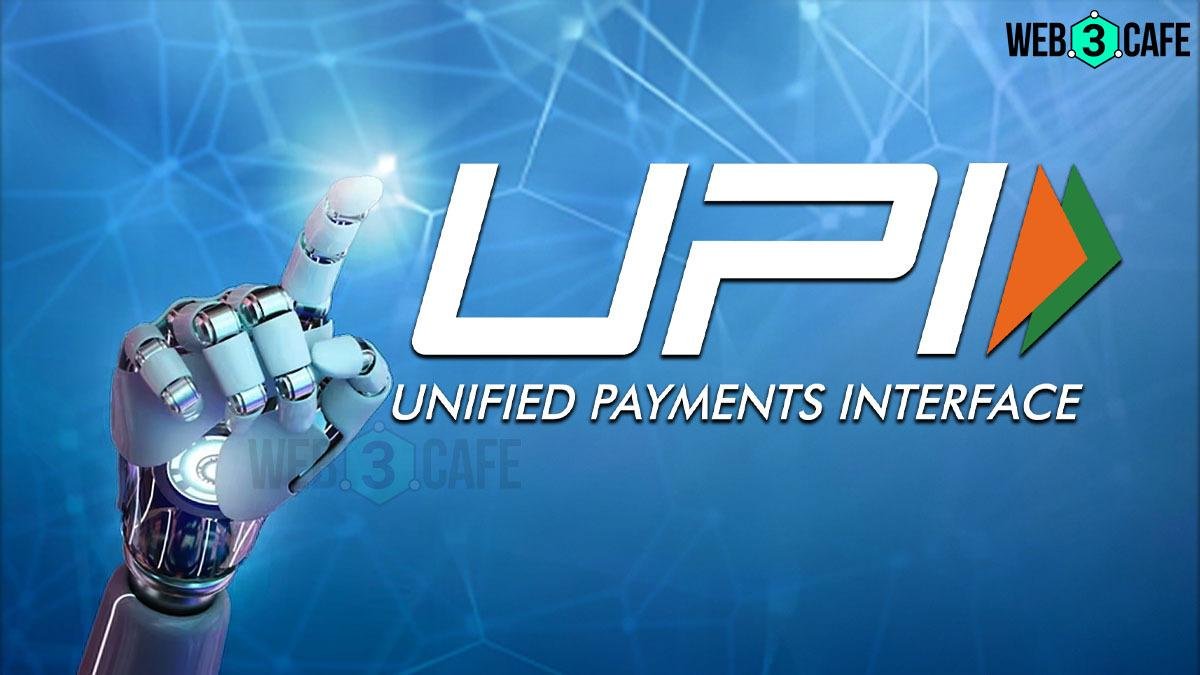The Unified Payments Interface (UPI) has already revolutionized the way we make payments, but the quest for innovation and convenience never stops. In a bold move towards enhancing the user experience, the Reserve Bank of India (RBI) is set to integrate artificial intelligence (AI) into UPI, introducing a game-changing feature: conversational payments.
The Evolving UPI Landscape
Currently, UPI transactions involve scanning QR codes and entering PINs for authentication. While efficient, this process is about to undergo a paradigm shift. During the third bi-monthly monetary policy meeting for FY24, RBI Governor Shaktikanta Das unveiled a series of groundbreaking announcements that could reshape how we interact with UPI.
The central highlight of these announcements is the integration of AI into UPI, enabling conversational payments. This transformative approach will empower users to engage with AI-powered systems, seamlessly conducting transactions through natural language conversation.
“Incorporating conversational payments into UPI will empower users to interact with AI systems for executing payments,” Governor Das explained, shedding light on the RBI’s vision for the future of digital transactions.
Revolutionizing Payment Experience
The primary goal behind this initiative is to harness emerging technologies to enhance the digital payment experience. The introduction of conversational payments aims to bridge the gap between users and digital transactions, making payments more intuitive and user-friendly.
This innovative functionality is designed to cater to a wide spectrum of users, whether they’re using smartphones or feature phones. By initially offering this feature in Hindi and English, the RBI aims to ensure inclusivity. The expansion to include other Indian languages is already on the horizon, further extending its reach. The National Payments Corporation of India (NPCI) is expected to receive detailed guidelines from the RBI, charting the course for this transformation.
The Role of AI Chatbots
While the precise mechanics of conversational payments haven’t been fully disclosed, it’s likely that AI will play a pivotal role in enabling this experience. Concepts such as AI chatbots, akin to the popular ChatGPT model, are poised to assist users in navigating and completing transactions. The AI chatbot’s natural language processing capabilities will guide users through the payment process, making it a seamless and interactive experience.
Beyond Conversational Payments
Governor Das didn’t stop at conversational payments – he unveiled plans for yet another transformative feature: offline UPI payments using near-field communication (NFC) technology via UPI Lite. This advancement is set to simplify payments even further. Users will be able to complete transactions by simply tapping their smartphones on point-of-sale (PoS) machines, eliminating the need for an internet or telecom connection.
“To encourage the adoption of UPI-Lite, we are proposing to enable offline transactions using NFC technology. This feature will not only facilitate retail digital payments in scenarios where internet or telecom connectivity is poor or unavailable, but it will also ensure swiftness, minimizing transaction rejections,” stated the MPC communication.
Conclusion
As UPI continues to evolve, it’s clear that the RBI is committed to enhancing user experiences through technological innovation. The integration of AI into UPI for conversational payments and the introduction of offline transactions using NFC technology mark crucial steps towards a more accessible and convenient digital payment ecosystem. With the promise of AI-powered assistance and simplified transactions, the future of UPI is bound to be more engaging and inclusive than ever before.





